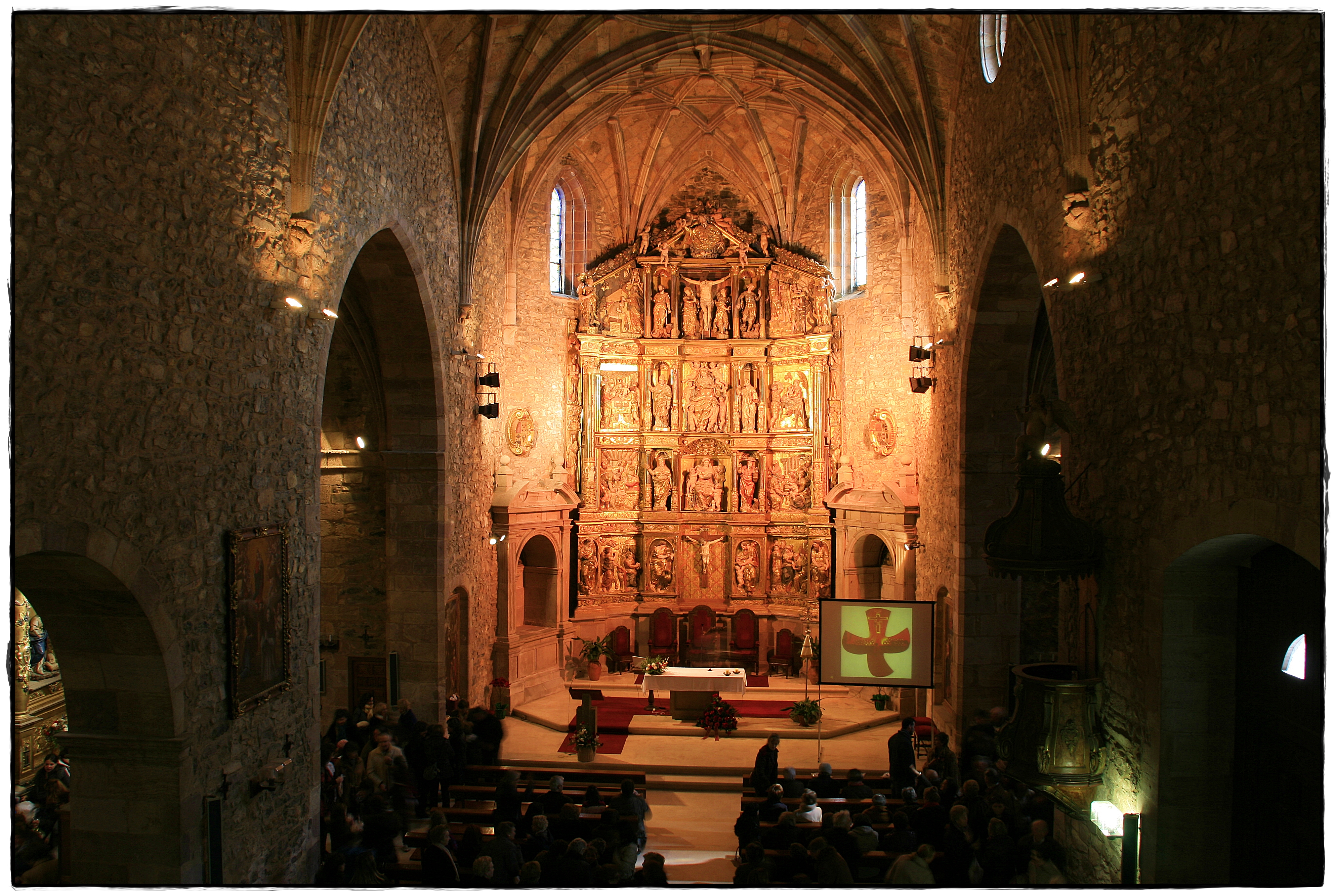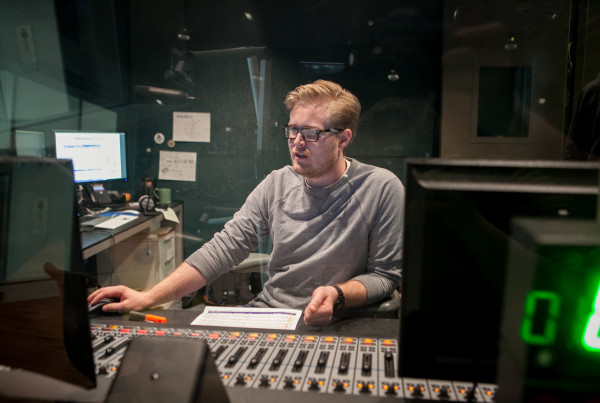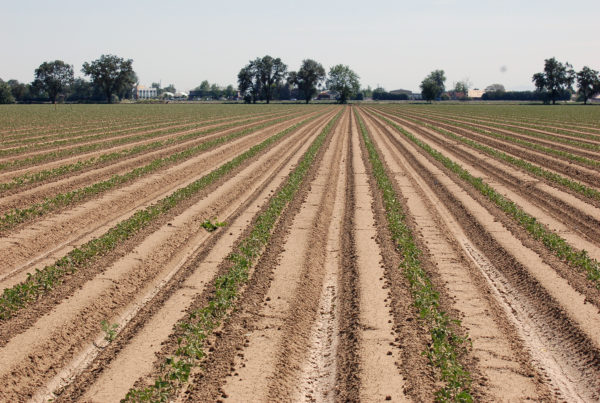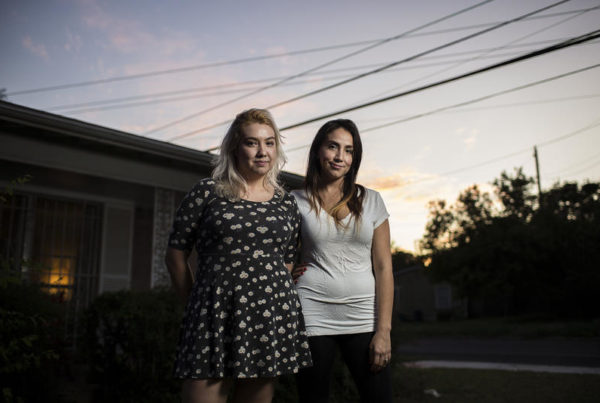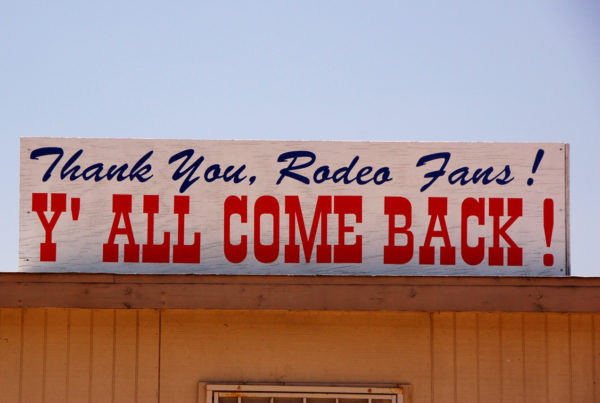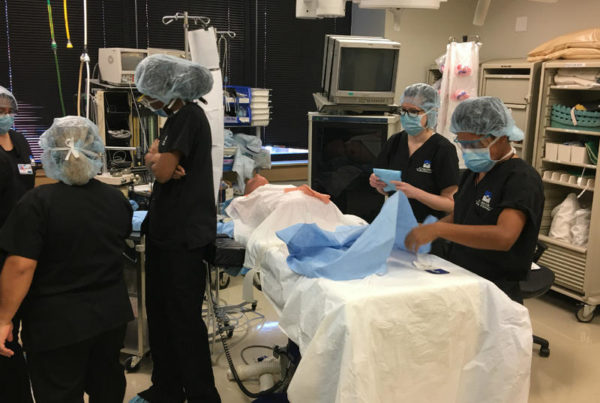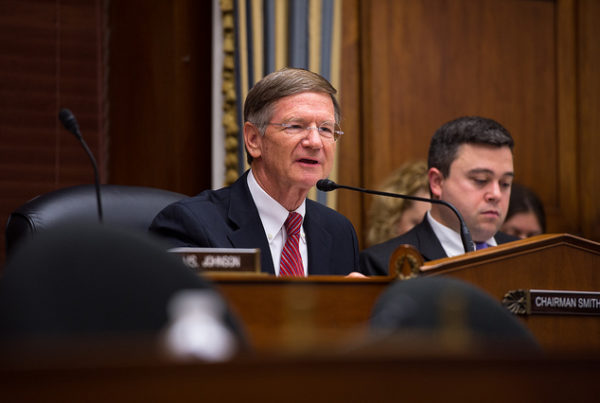It’s fair to say Texas would look different without the influence of Catholic missionaries sent from Spain, hundreds of years ago. While many of their names have faded into history, there’s one in San Angelo that endures. And remarkably enough, it belongs to a nun who never even set foot in Texas.
In the early 1620s, a young Franciscan nun from rural Spain named Maria de Agreda started having visions. When she prayed, she would go into a kind of trance. She would see a country divided by rivers and dotted with scrubby mesquites in red soil. And she’d see people, too – friendly people, with lines tattooed down their faces, carrying packs of buffalo hides spices and other goods to trade.
They were Jumanos, a nomadic tribe who lived in present-day Texas and New Mexico. This was around the time when Spain was establishing a network of missions in the area. And in 1629, a band of about 50 Jumanos arrived at one in Isleta, just south of present-day Albuquerque, and spoke with the friars there.
Marilyn Fadewa is Maria de Agreda’s biographer.
“They said that a beautiful lady dressed in blue had been teaching them about Christianity and advised them to see the fathers at the mission to ask for baptism and then to have a mission in their territory,” Fadewa says.
She says that when the leaders of the mission returned to Spain, they figured out that the “lady in blue” the Jumanos were talking about was Maria. And after extensive questioning by the Spanish Inquisition, it was determined that she was telling the truth – that somehow, she was in two places at the same time.
Considering this and the rest of Maria’s resume – prolific writer, theologian, even an advisor to the king – shortly after her death in 1665, she was designated a “venerable of the Church.” That’s basically an exceptionally virtuous person perhaps on the path to sainthood. And for some, it seemed like she would be a shoo-in for sainthood. But over 300 years later, that hasn’t happened.
Lawrence Cunningham, a sainthood expert and a professor emeritus of religion from the University of Notre Dame says Maria is not the only one in this position.
“One of the most read books of piety in the Catholic Church was written by a man named Thomas Kempis in the 15th century. And his cause was introduced and then kind of petered out, and that’s been going on for 500 years. I’m sure there’s lots of folders in the Vatican somewhere of cases that have just been kind of stalled out.”
Stalled out, but not over.
Some folks in San Angelo are still advocating for Maria’s sainthood.
Tilly Chandler has pushed for Maria’s sainthood for nearly a decade.
“I would love to go to the pope,” Chandler says “tell him what we know, and say ‘What’s your problem?’”
For Chandler and others who have adopted her cause, sainthood would validate Maria’s role in the region’s history, and spreading Catholicism through the southwest. And there are plenty of barriers in the way of that, like exposure.
Even among Jumanos, Maria wasn’t always well-known. Felix Bonilla Salmaron is a Jumano leader from the Dallas area, one of the tribe’s historians.
“Most of what we learned becoming Christians was about the saints and the church, like St. Francis,” Salmaron says. “But very little was said about Sor Maria because she wasn’t a saint.”
People have to know who you are and what you’ve done in order to become a saint. You need momentum.
That’s why famous people like Mother Theresa can be fast-tracked to sainthood. But for others, it takes centuries. And that’s if you’ve got a pristine record – which Maria does not. She advanced some ideas that are now universally accepted in the church, but were quite controversial in her time. That held her up for centuries. But, still, plenty of people think she’s got a shot…
Father Stefano Cecchin says Maria was the first woman evangelist in the United States. And whether she’s ever recognized for that with sainthood will largely fall to him. Father Cecchin is a Franciscan friar, and the vice postulator of Maria’s cause. His job is basically to be Maria’s official cheerleader. In August, he went to San Angelo to learn more about her relationship with the Jumanos, and to build the case that she’s worthy of sainthood. He was impressed by what he saw.
“Now we have to publicize the story of Maria de Agreda in more places throughout the world,” Cecchin says through a translator. “We have to make publications, and ask the Vatican if we can continue with her cause.
That will require money, media attention and a miracle. The Catholic Church requires that a miracle be attributed to a person in order for them to become a saint – something that could not have happened without God intervening. But Texans who know Maria’s history believe that’s taken care of. How else could their lives have been changed by a 350-year-old Spanish nun?


